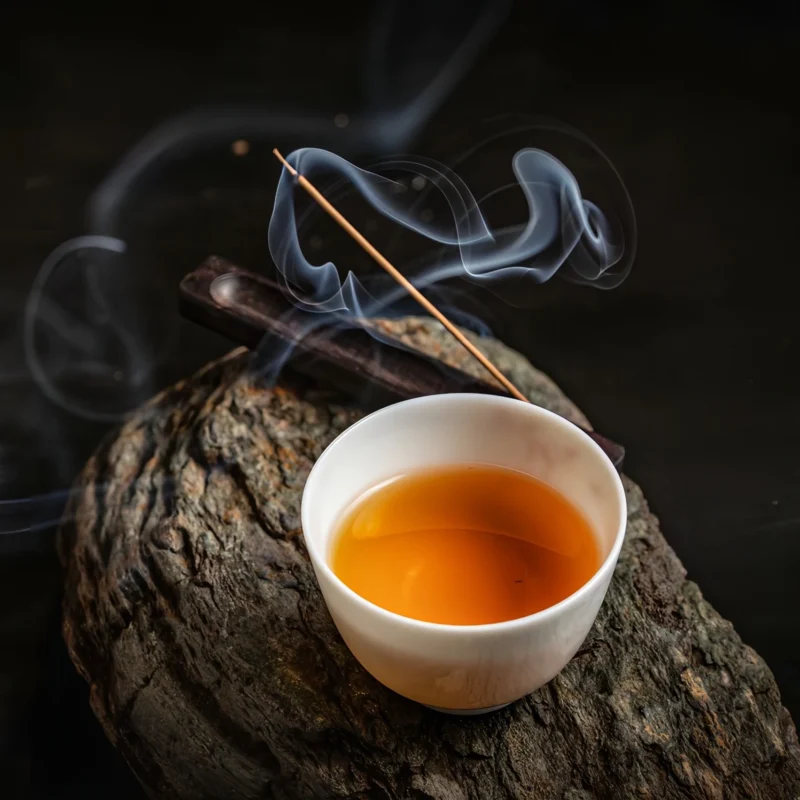From Song Dynasty tea pavilions to global tea tables, Xiao Qing Gan and Chenpi weave China’s millennium-old tea culture with their “small but mighty” presence.
From “Medicine” to “Tea”: Chenpi’s Millennium-Old Bond with Chinese Tea Culture
Chenpi, aged tangerine peel, was first recorded in China’s Shennong Bencaojing(Divine Farmer’s Materia Medica) as a “top-grade herb.” Bencao Gangmu(Compendium of Materia Medica) later praised it as a “harmonizer”—enhancing the effects of other herbs while balancing qi and digestion.
But Chenpi’s true partnership with tea began in the Song Dynasty. Scholars and tea enthusiasts popularized “chenpi tea,” boiling dried tangerine peel with tea leaves to “soothe stagnation and dissolve phlegm.” By the Ming Dynasty, Cha Shu(Book of Tea) noted, “Chenpi tea is best for winter—warming the stomach and clearing the mind.” In the Qing Dynasty, Xinhui Chenpi, prized for its “plump oil glands and rich aroma,” became a imperial tribute. Its marriage with Yunnan ripe Pu-erh birthed Xiao Qing Gan, a tea where “green mandarin freshness meets aged Pu-erh depth.”
Cultural Core: The “aging” of Chenpi and “simmering” of tea mirror China’s philosophy of “time as a craftsman.” As Lu Yu, the Tea Sage, wrote: “Tea drinking originated with Shennong and flourished through the ages.” Chenpi and tea together embody the wisdom of “harmony with nature and patience in creation.”
Chenpi is more than tea—it is a “ritual of presence
-
Kitchen: Chenpi simmers with pork ribs to remove grease; it cooks with red beans to nourish the spleen.
-
Study: A slice of Chenpi on the desk fills the air with citrus aroma, calming the mind for reading.
-
Gatherings: Sharing Chenpi tea by the stove, friends chat as the fragrance warms the room.
As Huangxinrong (CEO of 96tea) says, “Chenpi’s value lies not in price, but in the time and care it carries. When we brew a cup of Chenpi tea, we’re not just drinking—we’re savoring our ancestors’ wisdom, nature’s gifts, and a tribute to slow living.”
From Shennong Bencaojingto Xinhui’s sun-drying fields, from Song Dynasty tea pavilions to 96tea’s global shelves—Xiao Qing Gan and Chenpi, with their “small bodies,” have woven a millennium-long tapestry of Chinese tea culture. They are more than tea; they are a living symbol of China’s “harmony between tradition and innovation,” a bridge between past and present.


